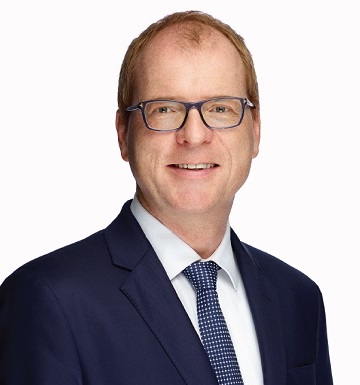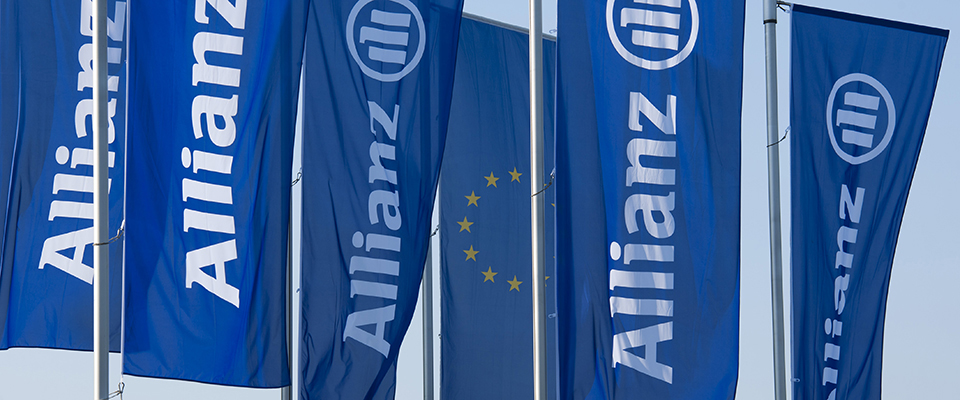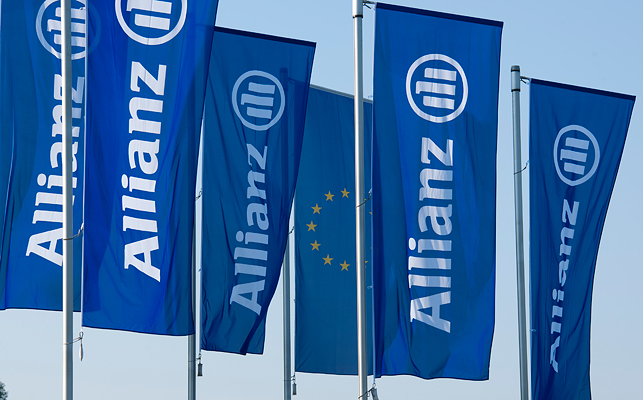An interview with Carsten Quitter, Group CIO
Investing in the energy highway: Allianz and the energy transition
NeuConnect is an interconnector, a structure that enables electricity to flow between two separate power grids, and it is a remarkable project in many ways. It involves running undersea cables between Germany and the United Kingdom to create an invisible energy highway that, for the first time, provides a direct power link between two of Europe’s largest energy markets. It is a historic project.
When completed, NeuConnect will span 725 km between Kent in southeast England and Wilhelmshaven in Northern Germany, making it one of the world’s largest interconnector projects. Up to 1.4 gigawatts (GW) will be able to flow in either direction between the two countries, which is enough electricity to power up to 1.5 million homes.
What problems does NeuConnect address?
Energy resilience and improved security of electricity supply. Governments in the UK and Europe have adopted ambitious targets to achieve ‘Net Zero’ carbon emissions by 2050. This means switching from greenhouse gas emitting energy sources like coal to renewables like wind and solar.

Chief Investment Officer, Allianz Group
Interconnectors help support the integration of renewables in the UK and European energy systems by allowing low carbon electricity to be shared across wider geographical footprints. There are days when the wind doesn’t blow in Germany, but the wind turbines in England are spinning fiercely and generating excessive amounts of electricity that cannot be stored. Alternatively, the sun may be shining in Germany when the skies over England are cloudy and dark.
NeuConnect will allow both countries to cheaply tap into the excess energy of the other to deliver a more secure and resilient energy supply as we move ahead with the energy transition to achieve net zero carbon emissions by 2050. Overall, it will increase the total renewables share of electricity generation across both countries, while also improving the security of energy supply.
It is interesting that the United Kingdom is undertaking such a major project with Germany when the trend in recent years has been to disengage from the Continent.
Apart from being a vital new piece of energy infrastructure, NeuConnect is also a highly symbolic link between these two major economies illustrating how a joint approach to tackling common problems can benefit all involved. At a cost of EUR 2.8 billion (GBP 2.4 billion), NeuConnect is the largest single German-British infrastructure project ever undertaken. Even if the UK has chosen to leave the European Union, interconnection with the EU met 9.1% of the country’s electricity needs in 2021, so it still needs to trade power.
I would also note that NeuConnect is a privately-financed interconnector that brings together a group of international investors. Allianz Capital Partners heads NeuConnect on behalf of the Allianz insurance companies. The other partners involved are Meridiam, a Paris-based investor and asset manager, Kansai Electric Power, an electric utility operator from Japan, and a consortium of 20 national and international banks, including the European Investment Bank and the Japan Bank for International Cooperation, so it is a global effort.
And what are the benefits of NeuConnect?
NeuConnect brings an extensive range of benefits across Germany and the UK and, more generally, Europe’s electricity markets. NeuConnect will provide energy flexibility to lower annual emissions by displacing fossil-fuelled powered energy sources.
In addition, from the perspective of consumers, because interconnectors efficiently distribute energy across a wider footprint, they contribute towards lower power prices. Analysis shows the project will create over £1.7 billion in benefits for UK customers alone over the next 25 years.
The press release on the project emphasized the word “greenfield.” What is this, and why is it significant?
Greenfield denotes a project that begins from nothing, for example, where there is no prior infrastructure or buildings. We started developing NeuConnect in 2017 when it didn’t even exist on paper, let alone having cable infrastructure.
Getting involved in renewable greenfield projects is relatively new for Allianz. We invested in our first wind park in 2005 in Francofonte, Italy, and have been steadily expanding our renewables portfolio ever since. We are currently invested in more than 100 wind farms and solar parks in ten European countries, plus the United Kingdom and United States, which amounts to approximately 3.5 GW of energy.
However, we have tended to invest in operational wind farms and solar parks. Allianz as a Group now has the experience and knowledge to become more involved earlier in the process and so is investing in the development or construction phase of the assets to have an even larger impact when it comes to the energy transition.
For example, historically, Allianz has also avoided offshore wind due to the additional risk compared to onshore wind. But late last year, Allianz Capital Partners signed an agreement to purchase a 25% stake in the Hollandse Kust Zuid (HKZ) windfarm. The project is in the North Sea, offshore of the Netherlands. When fully operational, HKZ will be the largest offshore wind farm in the world, with 140 wind turbines and a total installed capacity of 1.5 GW.
HKZ was the first offshore wind farm and first equity renewables investment of Allianz in the Netherlands. Allianz invested because we now see offshore wind as a mature technology with a substantial track record and because it is critical that capital becomes more invested in decarbonization.
We expect continuous global growth in energy demand to offer significant investment opportunities. Allianz intends to seize these opportunities and to play an important role in the energy transition.
What are the next steps?
We reached the financial close in June and have awarded a series of contracts, so work will begin later this year. Work on the two substations in Wilhelmshaven and the Isle of Grain, a village in Kent, is scheduled for the beginning of 2023, and work on the two undersea cables will begin in the same year. NeuConnect is planned to be online by 2028.
2028! That is a long timeline. Is that typical for such a project?
NeuConnect involves laying two 700 km of subsea cables through Dutch, British and German waters, which contain some of the world’s busiest shipping lanes. It is made further complicated by unexploded ordnance. Bombs from the first and second world wars are only a fraction of the dangerous material littering the seabed. Munitions were regularly disposed of at sea by many nations up until 1975 when the London Convention on marine pollution banned it.
A similar project to NeuConnect that linked Belgium and the UK detected 19 pieces of unexploded ordnance – and that only involved a 130 km stretch of undersea cable. So, NeuConnect needs to proceed with caution. If live munitions are found, they must also be carefully dealt with.
Carsten, thank you very much for your time.
And you for yours.
Further information
About Allianz
** As of December 31, 2023.


